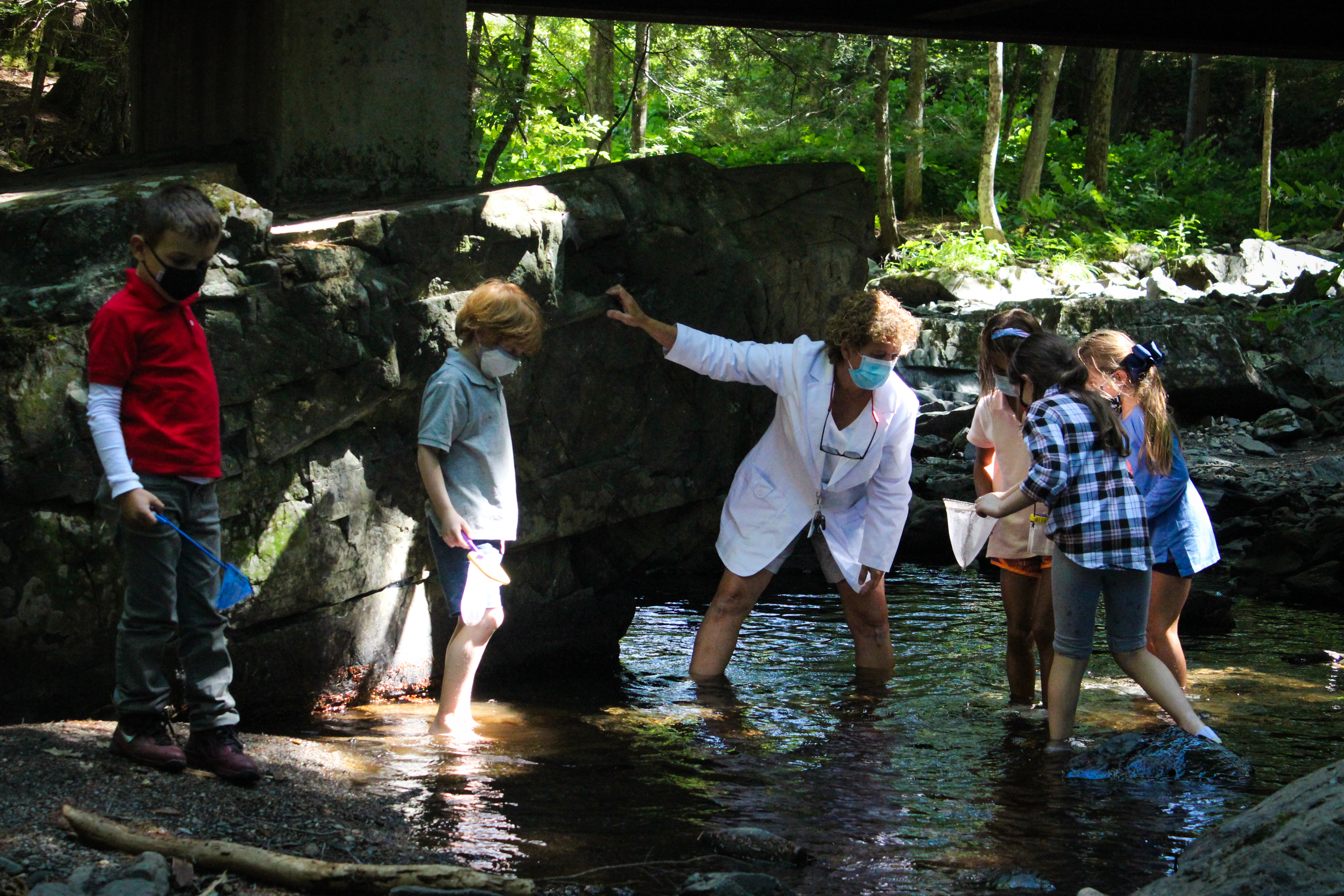
As faculty and staff, we often talk about prioritizing a growth mindset and learning throughout one’s career at Crossroads. This aspiration has never been more important than it is today. After months of preparation, ten days ago we opened our doors and began to work in the same room with students again for the first time in 163 days. Thanks to the excellent preparations of the Return-to-School Task Force and so many others in our community, we anticipated many of the challenges we would face while we keep our community healthy and safe. But as we model a growth mindset for our students, we also continue to learn important lessons as we go.
Now that other schools in the Upper Valley are also reopening this week, I wanted to share three key lessons we have learned from our first ten days of classes on our campus:
1) Establish new habits quickly. Though children have not been in school since last March, students who are familiar with their previous learning environments can quickly slip back into old habits from a pre-pandemic world. It is important for teachers to emphasize that new routines such as mask wearing, maintaining physical distances from others, and frequent hand washing are essential to keep everyone safe. It will take time for these new habits to stick and students, particularly younger ones, will need additional reminders and support. But once they become habits, a greater degree of normalcy can return to the school, even if the new normal isn’t the same as the old one.
2) Keep an eye on how students are doing. Teachers know there may be some lost ground to cover from last spring and have developed strategies for helping students get “back on track” academically. But for students to be able to learn effectively, they also need to feel safe and supported. Frequent one-on-one check-ins and open-ended questions such as “How do you feel to be back at school?” are great ways to keep a finger on the pulse of students as they become reaccustomed to learning and interacting within the context of complex social structures. Teachers should also keep in mind that facial expressions can be harder to read when half of each student’s face is covered with a mask!
3) Be ready to make further changes and communicate them effectively. Even the best-conceived policies may need further modification once they are practiced. Similar to good instruction that continually evaluates what and how students learn, the plans schools have developed should be modified if they are not as effective as they could be. And once they change, the new and improved plans should be communicated effectively to everyone at the school. It is also helpful to explain the rationale for any changes so people understand the school’s process for redesigning and implementing new policies.
Every teacher and administrator I know is experiencing a sharp learning curve this fall semester and there are dozens of other lessons Crossroads faculty and staff are learning every day. It is important to make time to reflect on these lessons and to share them with each other. Together, with our students by our side, we are climbing a hill and gaining a perspective that will turn this period of uncertainty to one of greater understanding.




